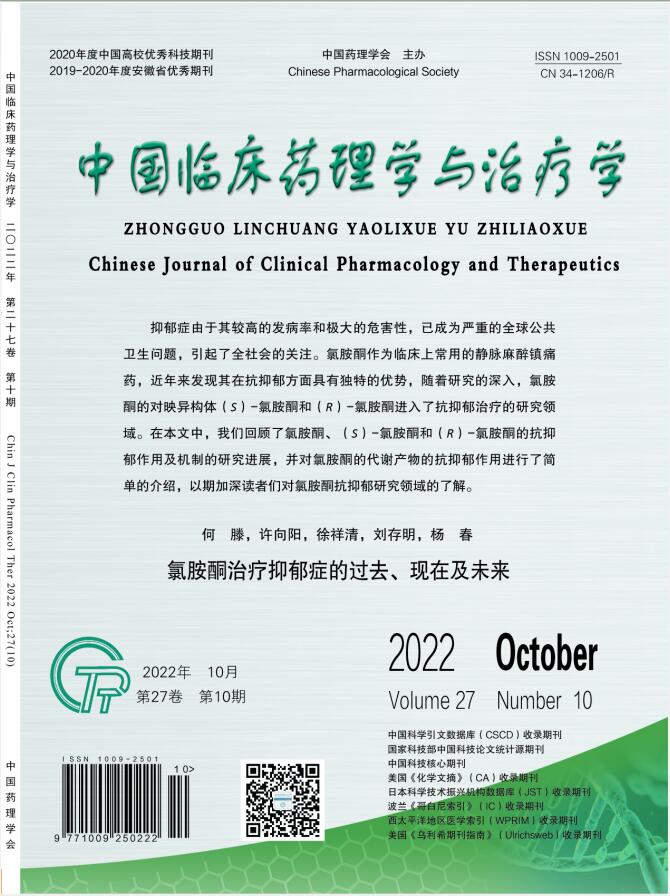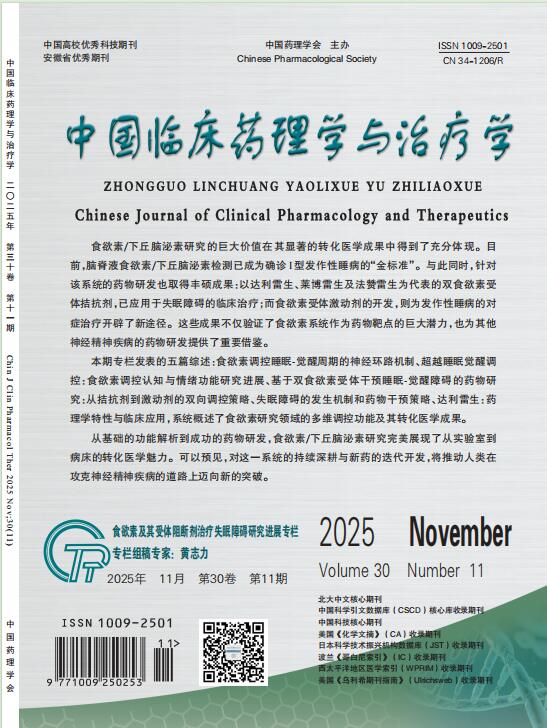AIM: To explore the therapeutic effect and mechanism of Shugan Jianpi Formula on liver fibrosis mice based on TLR4/MyD88/NLRP3 signaling axis. METHODS: The chemical liver fibrosis mouse model was established by carbon tetrachloride (CCl4) mixed with olive oil. On the first day of modeling, the mice were gavage-administrated with Shugan Jianpi Formula once a day, for 12 weeks. The liver histopathology was observed by HE staining, Masson staining and Sirius red staining. The degree of injury, the ultrastructural changes of mouse liver tissue and the situation of pyroptosis were observed by transmission electron microscope. The expression changes of α-SMA, Collagen Ⅰ, Caspase-1, IL-1β, IL-18 and TLR4/MyD88/NLRP3 signaling axis were detected by RT-qPCR, Western blot and immunohistochemical staining. RESULTS: Pathological analysis showed that the structure of liver lobules in the model group was blurred, the arrangement of hepatocyte cords was disordered, the collagen deposition increased, and the number of pyroptotic bodies in liver cells increased significantly. The RNA and protein expression levels of α-SMA, Collagen Ⅰ, Caspase-1, IL-1β, IL-18, TLR4, MyD88 and NLRP3 were significantly higher than those in the normal group. Compared with the model group, the administration of Shugan Jianpi Formula could improve the degree of liver histopathological damage, inhibit cell pyroptosis, and significantly down-regulate the RNA and protein expression levels of α-SMA, Collagen Ⅰ, Caspase-1, IL-1β, IL-18, as well as TLR4, MyD88 and NLRP3 in liver tissue. CONCLUSION: The anti-fibrosis effect of Shugan Jianpi Formula may be related to the regulation of TLR4/MyD88/NLRP3 signaling axis, reduction of cell death and inhibition of hepatic stellate cell activation.


